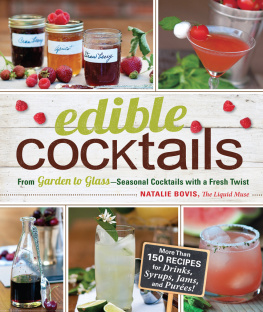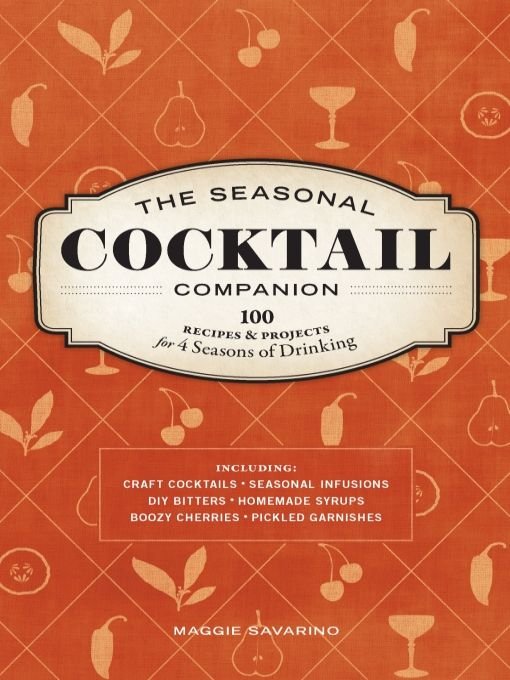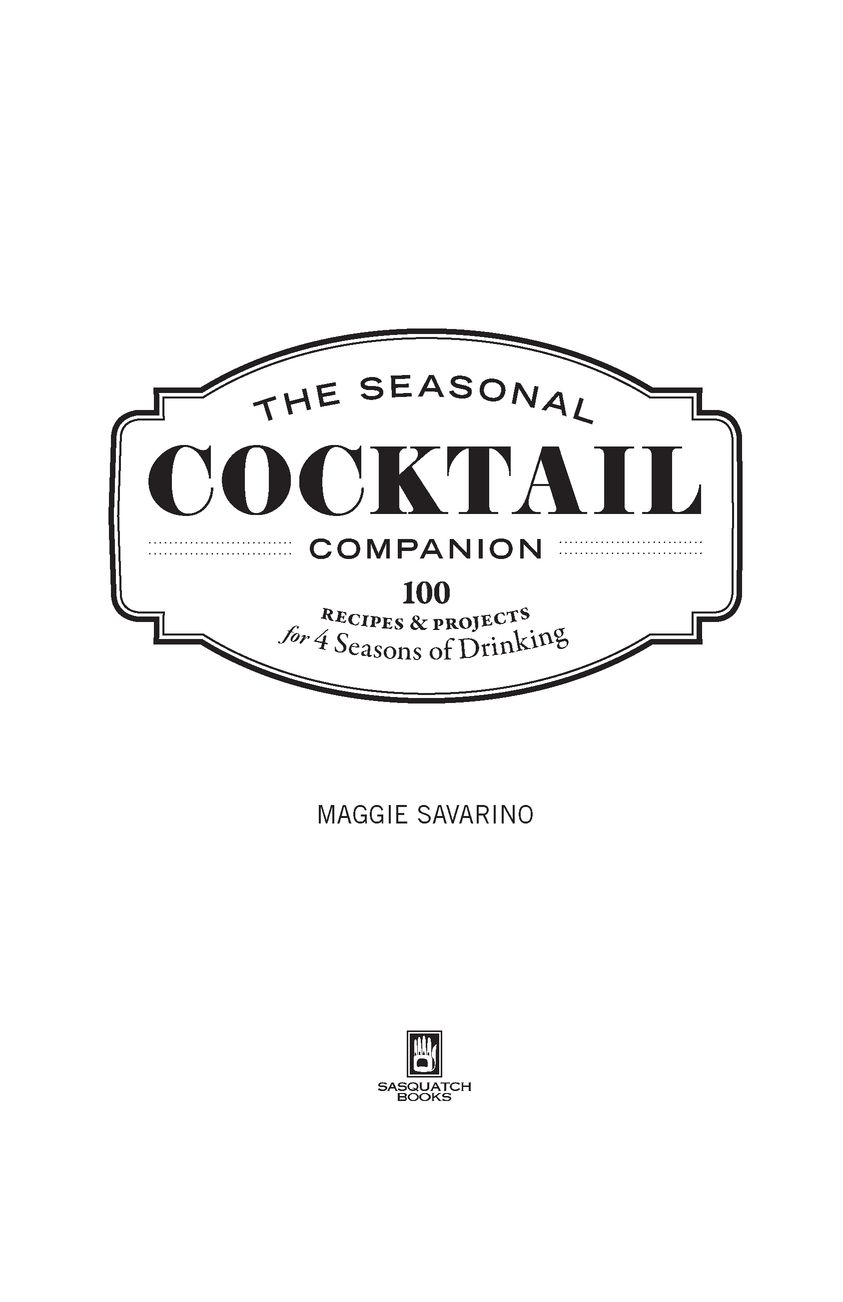Table of Contents
for Kim Ricketts
my friend, mentor, and the person responsible for this book in at least 27 different ways
Acknowledgments
To the friends and family that made this book possible, especially:
My daily cohorts, Cormac Mahoney, Bryan Jarr, and Zoi Antonitsas, for their utmost tolerance, as well as that of the rest of the Madison Park Conservatory staff.
Whitney Ricketts, dearest friend and editor, for gerrymandering the ideas that are now on the next 200 pages and talking me down from some ledges and onto the right ones.
My brother Matt, sister-in-law Teresa, and parents John and Kathy Wysocki, for unmeasured support in all things.
Introduction
You are not a bartender. But those of us behind the bar are not magicians or alchemists. We have the benefit of endless repetition and brains barnacled with crib sheets, flavor profiles, ratios, and experience to guide us when making a drink. We just know more than you do. And thats OK. My accountant knows more than I do about depreciation schedules as a pianist knows a song in many keys. It just so happens that a bartenders trade is more applicable to daily life. Cocktail recipes are my depreciation schedules, and Im more fun at parties.
Myriad bar books exist that will give you recipes handed down through the decades and new recipes that are really just slight variations on the old. You probably have one of those books already. The focus of this book is to help you screw around with the basics.
Wonderful things can happen when you tinker with a drink recipe. On the other hand, I strongly believe that tradition matters as an anchor. Recipes have value. No matter how the cocktails been bastardized, for example, I still believe that a martini without vermouth is just a glass of chilled white liquor with some olives in it. Its about the fundamentals. You can make a lifetimes worth of drinks riffing on the eleven basic cocktails on page 178, for example.
Dont get discouraged because youre not a bartender; just start with the basics and experiment on your friends. Making drinks at home allows you to do things far too tedious for bars to dolike soaking cinnamon, apples, and pears in vermouth to add to a batch of something that might once have resembled a manhattan but now is the official drink of your weekend.
If I do my own taxes, I can get audited. If you monkey around with a cocktail recipe, whats the worst that can happen? Nothing ice, soda, and a lime cant fix.
Remember: Its not the last drink youre ever going to make.
The bar isnt the only place to find inspiration. If you like dark or aged rum, for example, look in cookbooks and online for desserts and other dishes using rum or for foods that remind you of the flavors in rumtoffee and caramel, for example. See what fruits and spices go into a dish, and play around with them in a glass.
The best way to learn how to make a good cocktailother than repeating it behind a bar nightly for hoursis to look at it as you would salad dressing.
When you make your own salad dressing, when your pantry is set up with a few different vinegars and you have a decent condiment collection, you wonder why you ever relied solely on the store-bought stuff when you can make something that is exactly to your taste (more on this in Adjuncts, page 45). It doesnt make store-bought dressing bad; it just means you can have something at home that is all younot so much balsamic vinegar or maybe none at all, half Dijon and half brown mustard.
Thats the point of this bookto help you find the things you like to go with the things you know. I adapted these recipes from those Ive used in bars over the years, abbreviating them for the home drinker in the interest of time, ingredients, and effort. Hardly any of the recipes here are too precious to avoid further alteration. Again, youre making salad dressing, not a souffl. Alcohol is very forgiving.
Everything here is to taste. My worship for cardamom knows no end, for example, but Ive spared you most of this love. You might find yourself throwing cinnamon sticks in everything. If a final productdrink or infusiondoesnt quite work for you, change it. If an infusion is too sour for your taste, add simple syrup. If its too sweet, add citrus or moderate it with more booze. If its too bitter, OK, you may have to cook with it.
This book favors seasonal ingredients as well as ingredients in the spirit of a certain season, but dont let it be overbearing. If you want to make peach bitters in February, go nuts. Every grocery store has a freezer stocked with fruit, so lets none of us pretend we live in such a rarified world.
Nothing here counts as world-ending, and the only thing you should cry over is spilt whiskey.
I hope you use this book in fits and starts. I hope you set an afternoon aside to zest a mountain of grapefruit and put herbs and spices in jars with various boozes, with friends in mind and Dixie Blues on the stereo. I hope you hunt around for a few friendly looking pages to make a thing or two to complement your favorite bottle of rye whiskey. I hope you find a way to translate your love of Caesar salad into something that will kill Bloody Marys for all time ... at least at your house. Use what you know and be inspired by what you see and what you already like.
But most of all, I hope you take it only so seriously.
PART ONE:
THE BASICS
Botanicals, Herbs & Spices
Making the recipes in this book requires one, and only one, big step from you: being proactive about your ingredients, especially your spice-buying habits. And by proactive I mean that you can still order them online at home in your underwear, but old spice is for aftershave, not for any recipe in this book. The following ingredients impart flavor and aroma through the volatile chemicals and oils contained in their leaves, seeds, flowers, and other parts. Volatile, when referring to a chemical or oil, signifies that which can evaporate. Smell a piece of mint, all fresh and light and clean. Now tear it and rub it between your fingers. Now the aroma is intense because youve released the volatile oil within the leaf. This is what happens when we drink and chew. Volatile chemicals reach up through the nasal cavity where they are detected and identified... and we taste them.
SMELL IS TASTE
In Adjuncts (see page 45) I deal with the four basic tastes: sweet, salty, bitter, and sour. Flavor is a combination of these tastes, along with smell. Most of what we taste actually comes from what we smell. Think of the last time you had a nasty head cold; could you taste what you ate? The basic tastes register on different parts of the tongue and combine with specific volatile chemicals and oils in herbs, spices, and food to produce in our brains the impression of the flavor of a piece of licorice or a pork chop or a strawberry.


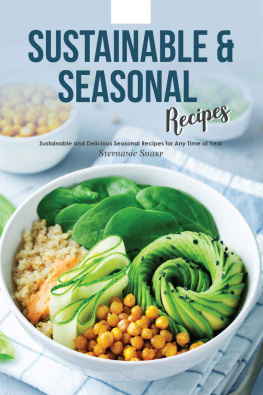
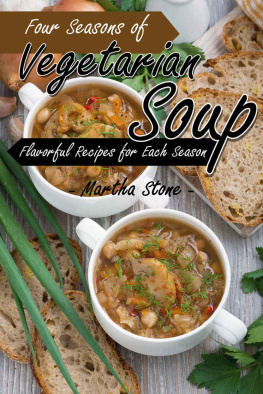
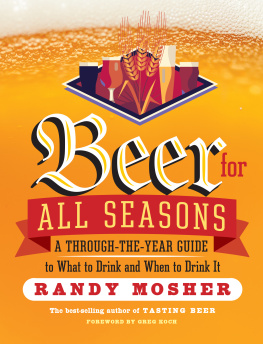

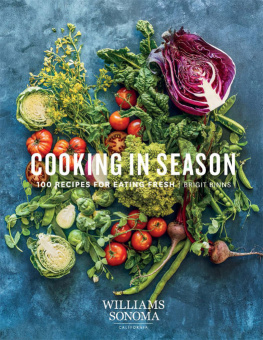

![Randy Mosher - Beer for all seasons : [a through-the-year guide to what to drink and when to drink it]](/uploads/posts/book/74958/thumbs/randy-mosher-beer-for-all-seasons-a.jpg)
